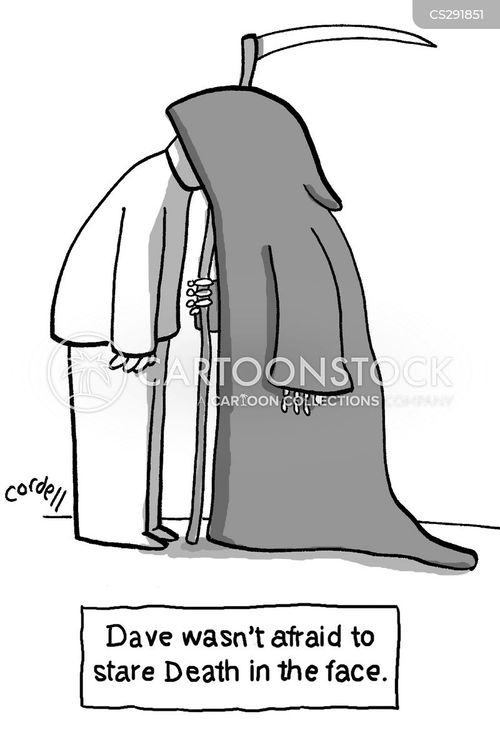
This is best explained through what is generally considered to be the archetypal ‘joke’. It’s the blueprint for traditional jokes – the setup creates an incongruity, a strange idea which creates confusion or expectation in the listener, and the punchline instantly resolves that confusion into understanding.


In short, the moment we ‘get’ something that initially seemed odd. This theory suggests that a humorous response is created in the moment we recognize the reality of a situation that we had previously perceived as strange or unfamiliar. The most useful to authors, though, is something known as incongruity-resolution theory. There are many different theories of humor, and learning about them will help any writer craft a funny character. The good news is that it doesn’t have to be, and in this article I’ll be looking at how you can write genuinely funny characters who work whether they’re in a comedic world or just lightening up a more dramatic narrative. The bad news is that it’s incredibly easy to do funny characters badly. Done badly, they’ll draw attention away from the narrative and act like kryptonite to the emotional content of your story. Done well, funny characters will find a permanent home in your readers’ hearts.

FEIGN DEATH FUNNY CARTOON VIDEO CRACK
Perhaps it’s because humor depends on shared context, or perhaps it’s because it trumps any other element of a story – how can you crack a joke without lessening the reader’s involvement in a story’s romance, horror or mystery?įor many authors, the answer is to pass that task onto their characters. Being funny is hard, and it’s particularly hard in writing.


 0 kommentar(er)
0 kommentar(er)
